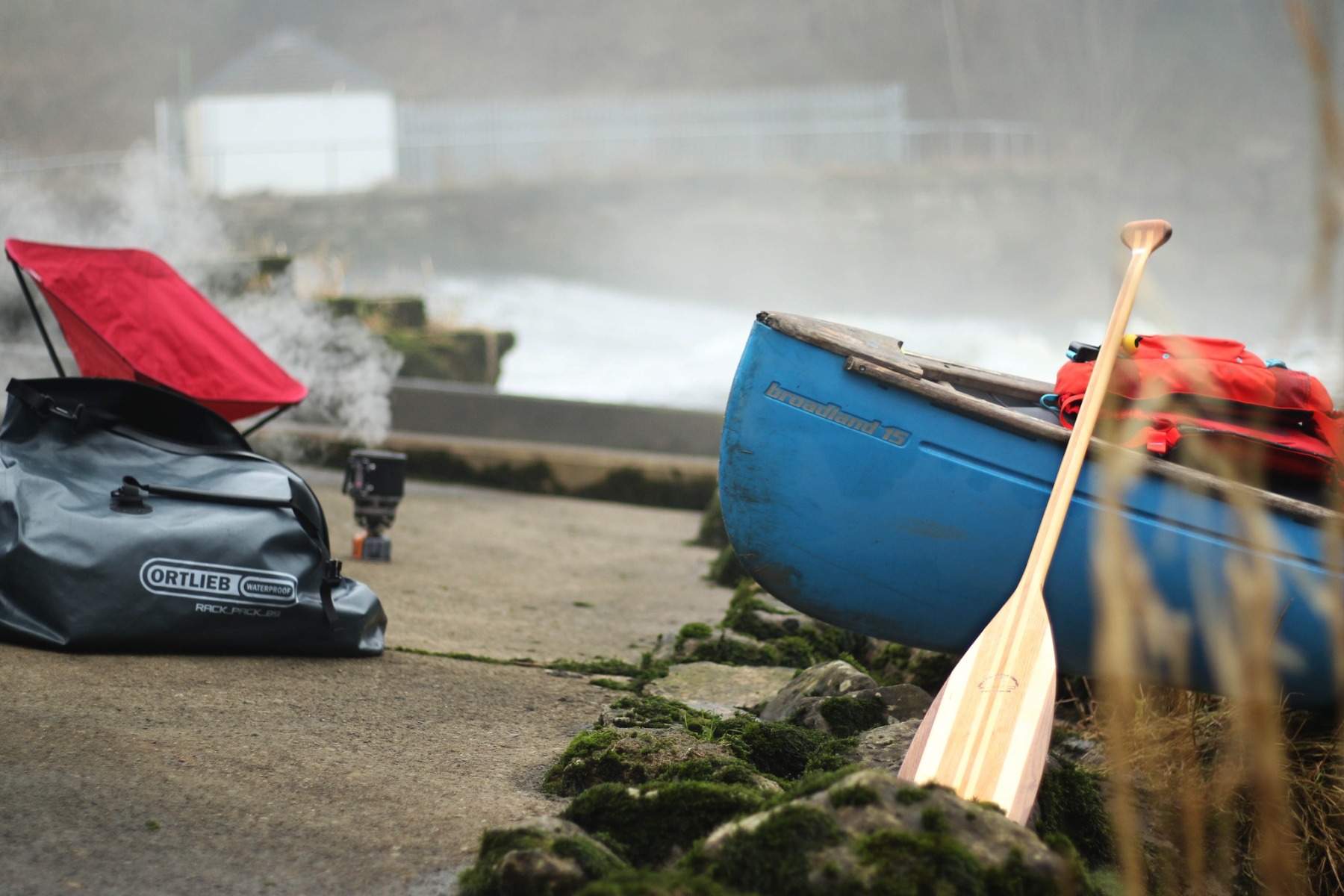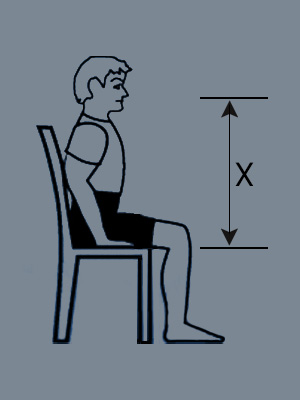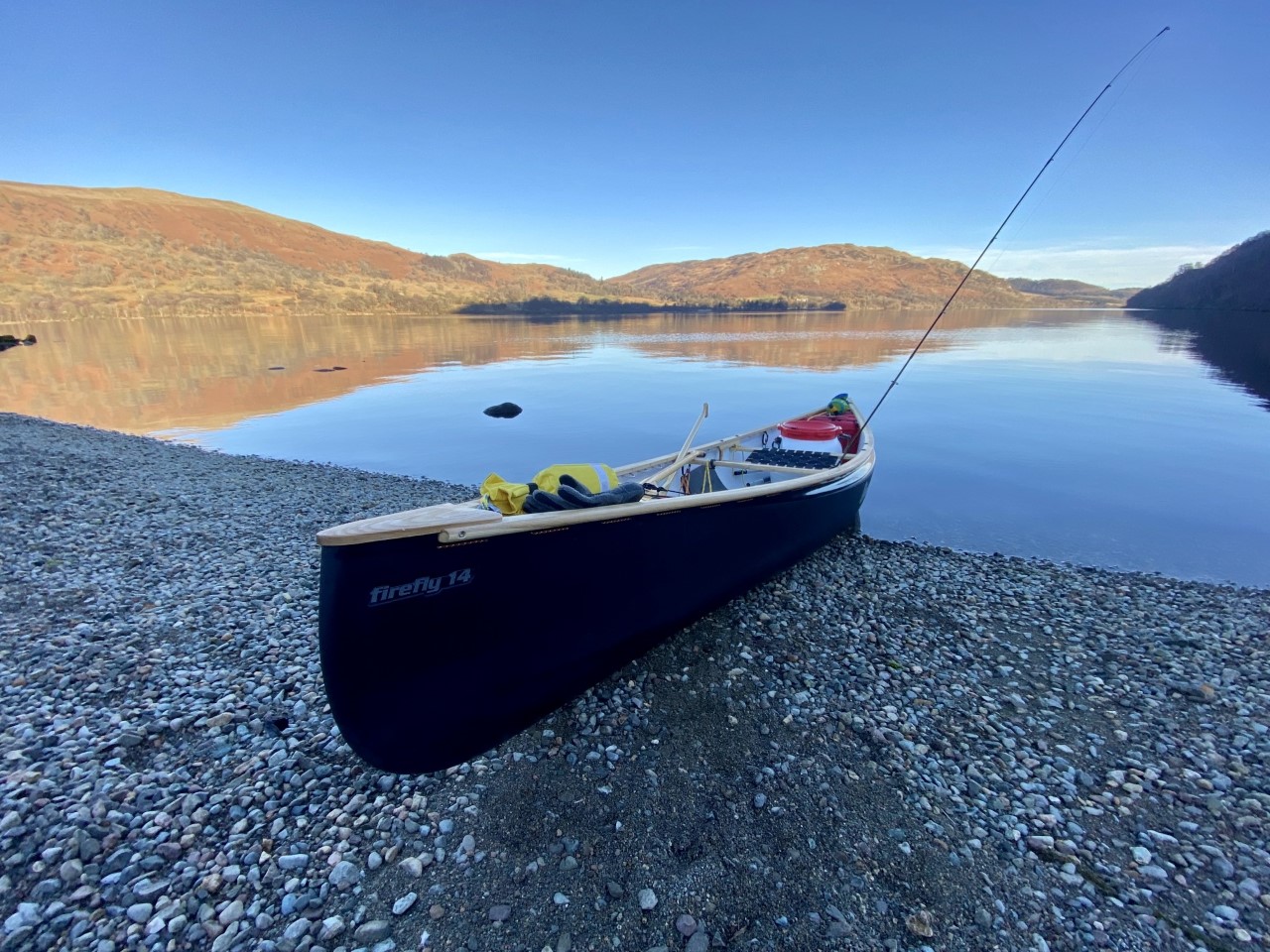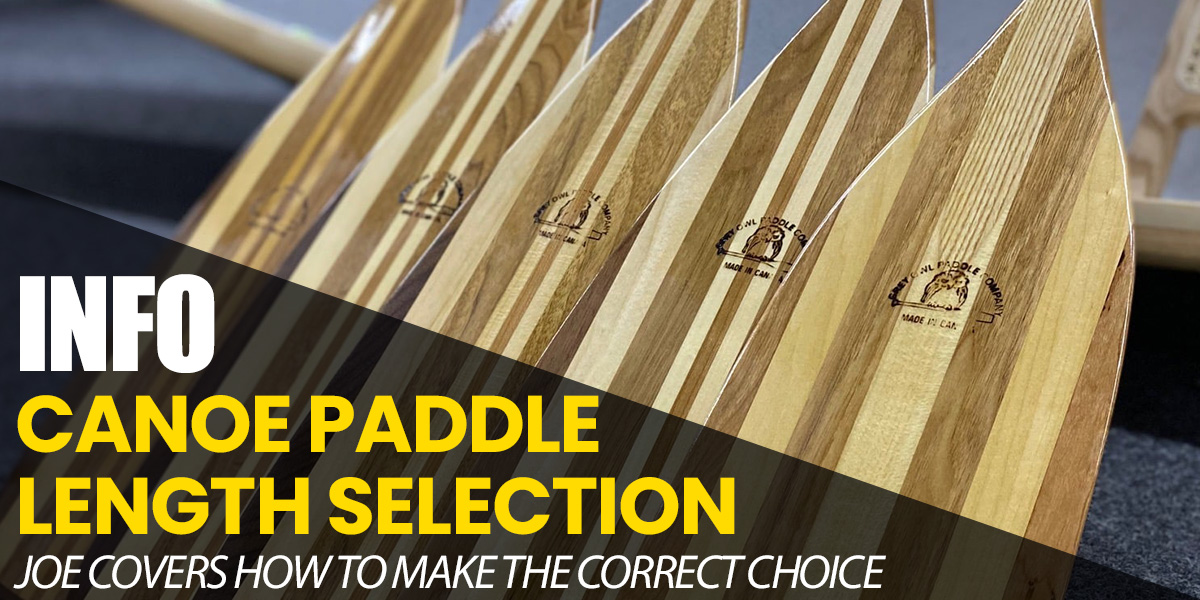When it comes to canoe paddles, finding your correct length can be a minefield due to the subjective nature and diverse range of influencing factors. Seasoned canoeists will often have multiple paddles, ensuring they have the perfect length for each scenario. With this being said, the majority of us want to keep things simple with one paddle. Consequently, it’s important to choose a length that strikes the balance between comfort and range of suitability. This guide aims to make choosing a paddle a simpler affair by explaining the size guide we use here in store, as well as covering a few key factors to bear in mind when making your decision.

Grey Owl paddles are an absolute staff favourite due to their durability, build quality and the beautiful finish. They encompass everything ‘canoeing’. Naturally, we use their size guide to fit people up with the best size possible, so let’s get into it. Of course, the sizing can also be applied to alternative manufacturers, so hopefully this is a useful resource for you.
Prefer to watch? Please see our handy video guide here:
To work out an approximate length you will firstly need to sit on a flat, hard, surface such as the floor or a solid chair where you can keep your back upright. You will then want to measure the distance from the floor (or the chair seat) to your chin, resulting in measurement X in the below diagram. After this, you will add 6” for the approximate distance from the canoe seat, to the waterline. Please read the following paragraph for things to factor here. So, for example, I measure at 26” seat to chin, with the additional 6” equalling to 32” shaft length. Therefore, when we take a look at our best-selling Grey Owl models, I would end up going for a 54” in the Pathfinder or Voyageur. In the case of a deep water paddle, in this example the Grey Owl Chieftain, the same shaft length results in a 56” paddle. This might seem strange but is logical given the longer design of this paddle’s blade shape.

Simple? There are a few more things to consider. A general rule for paddle lengths suggests the shortest paddle that allows you to properly reach the water is best, with the shoulder of the paddle on the waterline, midway through the stroke. Of course this sounds like a relatively easy thing to achieve? Nevertheless, this is when a few different factors come in to play. For example, if you change from sitting on the seat, to kneeling, you will need to go for a paddle that facilitates the position when you are furthest away from the waterline. In addition to this, the canoe you have can play a part in the size you choose. For general use tandem canoes, the above sizing will read accurate, however, for narrower canoes, with low seats, a shorter paddle (by one size from standard) can be beneficial, but not imperative. On the other end of the spectrum, canoes which are wider and possess higher seats may require slightly longer paddles, again one size up from standard should suffice- this is purely to allow for the maximum amount of blade to be in the water, thus, enabling a more efficient paddling technique. This is when it becomes important to measure the distance between the seat, and the waterline, and adjust the ‘6” rule’. Of course, all choices will be a balance and choosing a paddle length that offers the best compromise across a range of likely scenarios should be your aim.

Hopefully this has helped your decision making process and given an overview of the key factors to keep in mind when choosing the correct length. As always, please get in touch if you would like to go through this with a member of staff here in store.
















